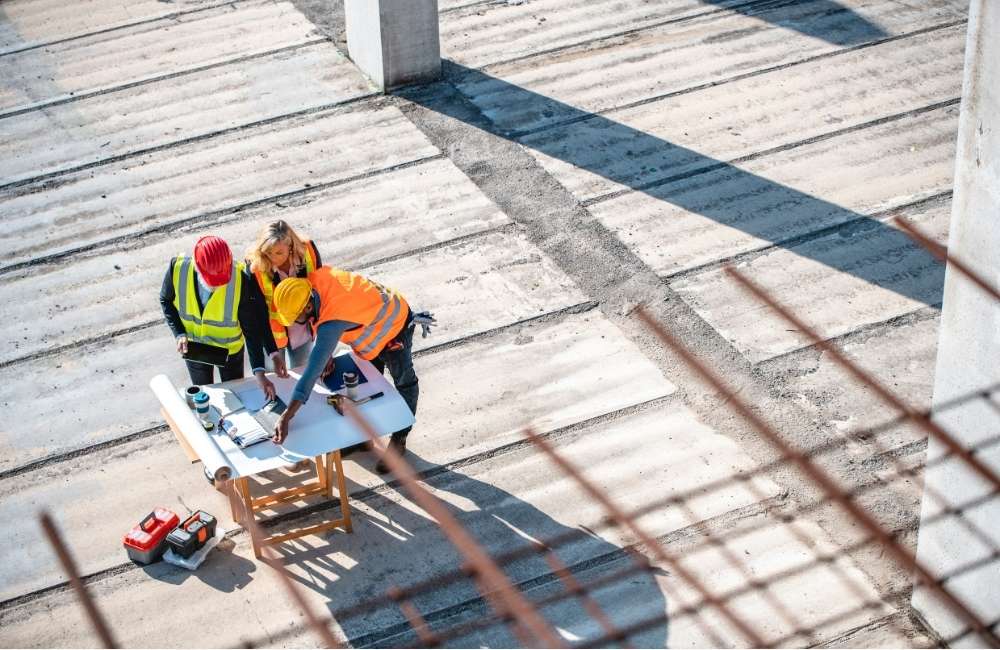Table of Contents
Key Takeaways
5 Essential Steps for a Successful Construction Excavation Project
- Pre-Excavation Planning and Permits
- Site Preparation
- Excavation Process
- Foundation and Support Systems
- Post-Excavation Review and Documentation
How Long Does It Take to Excavate a Construction Site?
Factors Influencing Excavation Time
Typical Excavation Timelines
Managing Excavation Delays
Partner with Claris Design•Build for Expert Construction Solutions!
Key Takeaways✔ Proper planning and permits prevent delays and ensure compliance. ✔ Thorough site preparation ensures safety and minimizes damage. ✔ Choosing the right equipment and techniques ensures efficient, safe excavation. ✔ A solid foundation and support systems are crucial for structural stability. ✔ Review and documentation help identify issues and keep the project on track. ✔ Excavation time varies widely, typically from a few days to several weeks. |
Excavation is a critical phase in any construction project. Whether you're building a new home, a commercial building, or an infrastructure project, the quality and success of your excavation can significantly impact the entire project. Understanding these steps will help ensure your project runs smoothly, stays on budget, and avoids common pitfalls.
5 Essential Steps for a Successful Construction Excavation Project
Starting a construction excavation project can be daunting, but with the right approach, it can be seamless and efficient. By following these five essential steps, you can ensure your excavation project is successful from start to finish. Here's what you need to know:
1. Pre-Excavation Planning and Permits
Before breaking ground, thorough planning is essential. This stage involves multiple critical components to set the foundation for a successful project:
⦿ Site Assessment: Conduct a detailed analysis of the site to understand the soil type, groundwater conditions, and any potential environmental concerns. This includes:
- Soil Testing: Identifying the soil composition (clay, sand, silt, etc.) to determine its bearing capacity and stability. This helps in choosing the right excavation techniques and equipment.
- Groundwater Analysis: Checking for the presence of groundwater, its depth, and flow patterns to plan for dewatering if necessary.
- Environmental Impact: Assessing the site for any environmental sensitivities; wetlands, protected species, or contamination. This will Mitigate these issues early on and can save time and money.
⦿ Permits and Regulations: Obtain all necessary permits and ensure compliance with local, state, and federal regulations. This includes:
- Zoning Laws: Verifying that the intended use of the land is permitted under current zoning laws.
- Environmental Regulations: Ensuring compliance with regulations that protect air and water quality, manage waste, and preserve natural resources.
- Safety Standards: Adhering to Occupational Safety and Health Administration (OSHA) guidelines and other relevant safety standards to protect workers and the public.
⦿ Surveying: A professional surveyor will mark the exact boundaries of the excavation site. This step prevents legal disputes and ensures accuracy in the construction process. Key tasks include:
- Boundary Identification: Clearly marking property lines to avoid encroachment on adjacent properties.
- Topographic Survey: Mapping the site's existing conditions, including elevation changes, structures, and vegetation.
- Staking: Placing stakes or markers to outline the excavation area, guiding the excavation crew and ensuring precise work.
Proper planning and obtaining the correct permits can prevent costly delays and legal issues. Understanding the site conditions beforehand allows for better preparation and risk management, ultimately leading to a smoother construction excavation process.
2. Site Preparation
Once the planning is complete, the site needs to be prepared for construction excavation. This involves several crucial steps:
⦿ Clearing the Area: Remove any vegetation, debris, or structures that might obstruct the excavation. This may include:
- Tree and Stump Removal: Clearing large trees and their root systems to prevent interference with excavation machinery.
- Debris Removal: Disposing of any trash, rocks, or other debris that could hinder the excavation process.
- Demolition: If there are existing structures, safely demolishing them and removing the materials.
⦿ Utility Location: Identify and mark the location of underground utilities such as gas lines, water pipes, and electrical cables. This is crucial to avoid dangerous and costly damages. This process involves:
- Utility Mapping: Consulting utility companies and public records to locate underground services.
- Marking: Using color-coded flags or paint to mark the position of utilities on the ground surface.
⦿ Erosion Control: Implement measures to prevent soil erosion and manage water runoff. This might include:
- Silt Fences: Installing barriers to trap sediment and prevent it from leaving the site.
- Sediment Traps: Creating depressions to capture and settle out sediment-laden water.
- Mulching and Vegetation: Mulching is crucial in excavation as it stabilizes exposed soil, preventing erosion and sediment runoff during and after the excavation process.
Proper site preparation ensures a safe working environment and prevents damage to existing infrastructure. It also helps maintain compliance with environmental regulations, protecting the surrounding area from the impacts of construction activities.
3. Excavation Process
With the site prepared, the actual construction excavation can begin. This step includes several important considerations:
⦿ Equipment Selection: Choose the right equipment for the job. This could range from backhoes and bulldozers to more specialized machinery, depending on the project’s requirements. Factors to consider include:
- Excavation Depth: Deeper excavations may require more powerful equipment.
- Soil Type: Certain machinery works better with specific soil conditions.
- Space Constraints: The size of the site may limit the type of equipment used.
⦿ Excavation Techniques: Employ the appropriate excavation techniques based on the soil type and project needs. Common methods include:
- Open Cut: Suitable for wide, shallow excavations.
- Trenching: Used for narrow, deep excavations, common for utility lines.
- Tunneling: Required for creating underground passages without disturbing the surface.
⦿ Monitoring and Safety: Continuously monitor the excavation to ensure it remains within the planned boundaries and depths, and strictly follow safety protocols to protect workers and equipment. In 2022, thirty-nine people died doing trench or excavation work in the U.S., more than doubling the fatalities from 2021. This continues a troubling trend noted by the Bureau of Labor Statistics, which found 166 workers died in trench cave-ins from 2011-2018, averaging 21 fatalities each year. Key safety measures include:
- Shoring: Installing supports to prevent the sides of the excavation from collapsing.
- Sloping: Creating angled sides to reduce the risk of cave-ins.
- Protective Gear: Ensuring all workers wear appropriate personal protective equipment (PPE).
Using the correct equipment and techniques ensures efficiency and safety. Continuous monitoring helps avoid mistakes that could lead to structural issues or accidents, protecting both the workforce and the project's integrity.
4. Foundation and Support Systems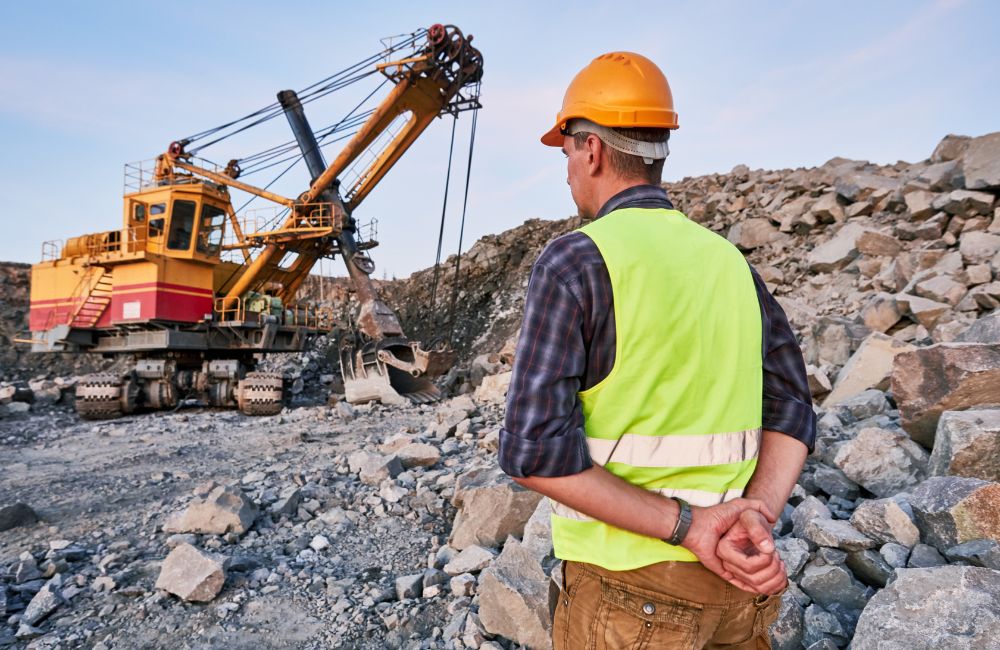
After excavation, it’s crucial to establish a solid foundation and support systems. This includes several vital components:
⦿ Foundation Installation: Pour the concrete or lay the blocks that will form the building’s foundation. Ensure it’s level and secure. This process involves:
- Formwork: Setting up molds to shape the concrete until it hardens.
- Reinforcement: Using steel bars (rebar) to add strength to the concrete.
- Pouring: Carefully pouring concrete to avoid air pockets and ensure even distribution.
⦿ Shoring and Bracing: Install shoring or bracing systems to support the walls of the excavation and prevent collapse. This is especially important for deep excavations or those in unstable soil conditions. Techniques include:
- Timber Shoring: Using wooden planks to support excavation walls.
- Steel Shoring: Employing steel plates and beams for stronger support.
- Hydraulic Shoring: Utilizing hydraulic jacks to apply pressure and stabilize the walls.
⦿ Drainage Solutions: Implement drainage solutions to manage water accumulation. This could involve:
- Sump Pumps: Installing pumps to remove water from the excavation site.
- Drainage Tiles: Laying perforated pipes to direct water away from the foundation.
- Grading: Slope the ground surface to divert water flow away from the excavation.
A strong foundation is vital for the stability and longevity of the structure. Proper support systems and drainage solutions prevent structural failures and water damage, ensuring the building remains safe and durable.
5. Post-Excavation Review and Documentation
Once the excavation and initial construction phases are complete, a thorough review and documentation process should follow. This involves several critical tasks:
⦿ Inspection: Conduct a detailed inspection to ensure the excavation meets all design specifications and safety standards. This includes:
- Quality Control: Checking that the foundation and supports are correctly installed and free of defects.
- Compliance Verification: Ensuring all work adheres to relevant codes and regulations.
⦿ Documentation: Keep comprehensive records of the excavation process, including any changes to the original plans, encountered issues, and solutions implemented. Essential documents include:
- Daily Logs: Recording daily activities, weather conditions, and any incidents.
- Photographic Records: Taking photos at various stages to document progress and conditions.
- As-Built Drawings: Updating plans to reflect any deviations from the original design.
⦿ Final Adjustments: Make any necessary adjustments based on the inspection results to ensure the site is ready for the next phase of construction. This may involve:
- Repairing Deficiencies: Fixing any issues identified during the inspection.
- Site Cleanup: Removing any remaining debris and ensuring the site is orderly.
Thorough review and documentation help identify and rectify any issues early, ensuring the project stays on track. Detailed records also provide a reference for future work and regulatory compliance, supporting the overall success and integrity of the construction project.
How Long Does It Take to Excavate a Construction Site? 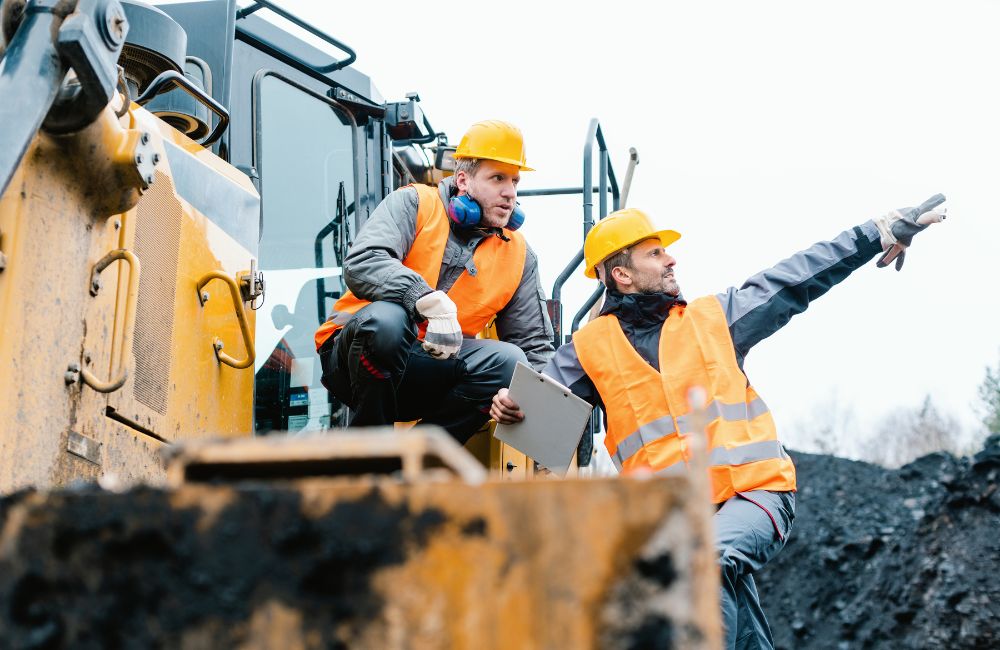
Excavating a construction site is a crucial initial step in any building project, laying the groundwork for foundations, utilities, and landscaping. The time it takes to complete this process can vary widely based on several factors. Here’s a look at what influences the duration of site excavation.
Factors Influencing Excavation Time
Several factors will influence how long it will take to excavate your job site, and times can vary considerably. Understanding these factors can help you plan more effectively and set realistic timelines for your project:
Soil Type and Condition:
- Sandy or Loamy Soil: Easier to dig and typically faster to excavate.
- Clay or Rocky Soil: More challenging to excavate, which can significantly slow down the process.
- Presence of Large Boulders: Can cause delays as specialized equipment or techniques might be required to remove them.
Site Size and Depth:
- Smaller Sites: Less time-consuming compared to larger sites.
- Excavation Depth: Deeper excavations require more time due to the increased volume of soil to be removed and the need for more robust support systems.
Weather Conditions:
- Dry Weather: Ideal for excavation as it reduces the risk of delays caused by waterlogged soil or muddy conditions.
- Rainy or Wet Weather: Can halt excavation activities and extend the project timeline.
Accessibility and Site Preparation:
- Easy Access: Sites that are easily accessible by excavation machinery can be completed more quickly.
- Obstructions: Presence of existing structures, trees, or utility lines can slow down the excavation process.
Type of Project:
- Residential Projects: Typically faster due to smaller scale.
- Commercial or Infrastructure Projects: May take longer due to larger site size and more complex requirements.
Typical Excavation Timelines
While the exact time required for excavation will depend on the factors mentioned above, general timelines can provide a rough estimate:
- Small Residential Foundations: Excavation for a small residential foundation can typically be completed in 3 to 4 days if conditions are favorable.
- Larger Residential or Small Commercial Sites: These projects might take about 1 to 2 weeks, considering average soil conditions and site size.
- Large Commercial or Complex Projects: Excavation for large commercial buildings or infrastructure projects can take up to 3 weeks or more, especially if there are challenging site conditions.
In the worst-case scenario, excavation might require a 10-foot over-dig, often occurring in areas with large boulders or heavy clay, which can considerably prolong the excavation timeline.
Managing Excavation Delays
To manage potential delays and keep your project on schedule:
- Conduct thorough site assessments to identify any potential issues beforehand.
- Hire experienced contractors who can efficiently handle unexpected challenges.
- Plan for contingencies by allowing some buffer time in your project schedule.
- Stay informed about weather forecasts and plan excavation activities accordingly.
Frequently Asked Questions
What are the different types of excavation?
There are several types of excavation, including trenching, which involves digging narrow, elongated cavities; basement excavation, which creates space for building basements; and dredging, which removes underwater sediments. Each type serves a specific purpose depending on the project's requirements. The choice of excavation method depends on factors like the project's design, soil type, and site conditions.
What are the environmental considerations in excavation?
Environmental considerations include managing soil erosion, controlling dust and noise pollution, and protecting nearby water sources. It's important to have an erosion control plan to prevent sediment runoff. Additionally, recycling excavated materials and minimizing the excavation footprint can reduce environmental impact.
How do you handle underground utilities during excavation?
Handling underground utilities involves identifying their location through utility maps and using non-invasive methods like ground-penetrating radar (GPR). Once identified, excavation should proceed with caution, using hand tools near the utilities to prevent damage. Coordination with utility companies is essential to ensure safety and compliance with regulations.
How is excavation cost estimated?
Excavation cost estimation involves calculating the volume of material to be removed, the type of soil, equipment required, and labor costs. Additional factors include site accessibility, potential need for dewatering, and disposal of excavated materials. Accurate cost estimation is crucial for budgeting and ensuring the project's financial viability.
What is dewatering in excavation?
Dewatering is the process of removing water from the excavation site to create a dry and stable working environment. This is essential in areas with high groundwater levels or after heavy rain. Techniques include pumping water out of trenches or using well points to lower the water table temporarily during excavation.
Partner with Claris Design•Build for Expert Construction Solutions!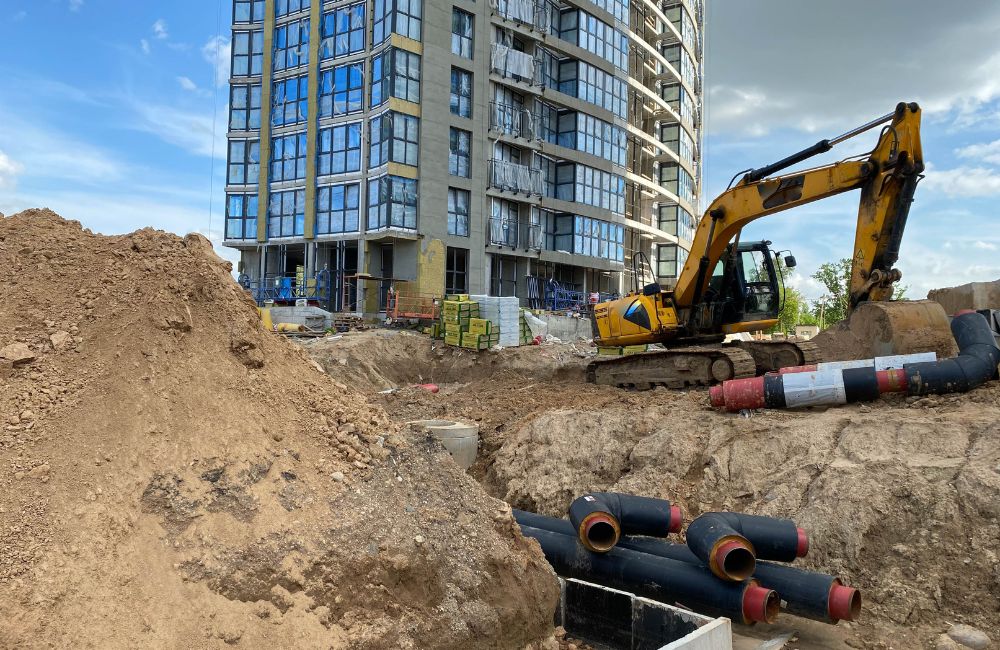
When it comes to laying the groundwork for your construction project, having a reliable partner is essential. Claris Design•Build offers comprehensive construction solutions that ensure every phase, including excavation, is executed with precision and efficiency. Our expertise in project management and design ensures that your build starts off strong and stays on track. Trust Claris Design•Build to deliver excellence from start to finish, providing you with the peace of mind you need for a successful construction project. Contact us today!



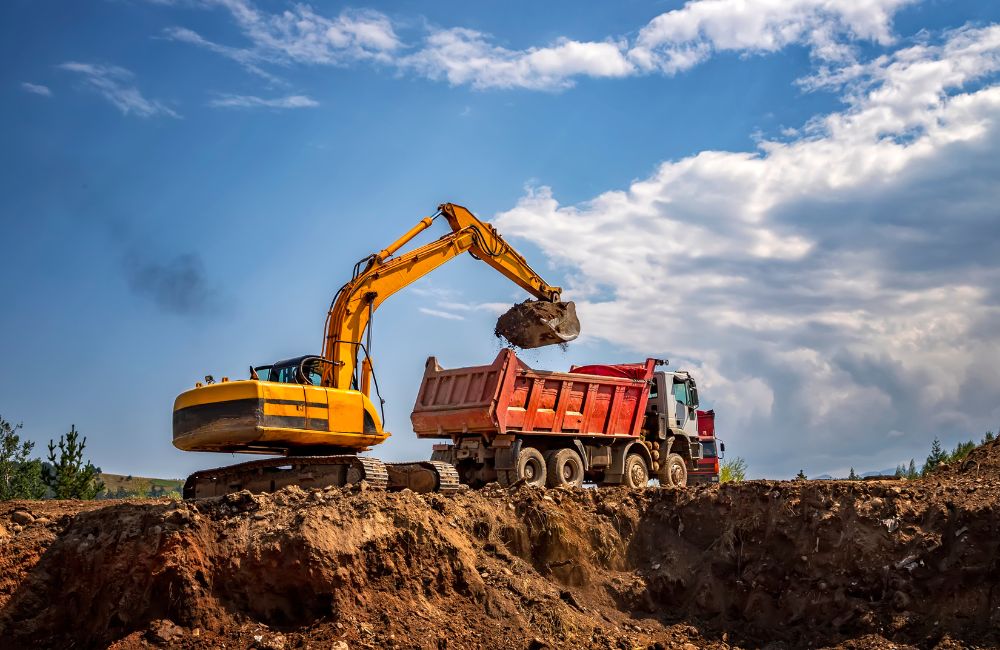
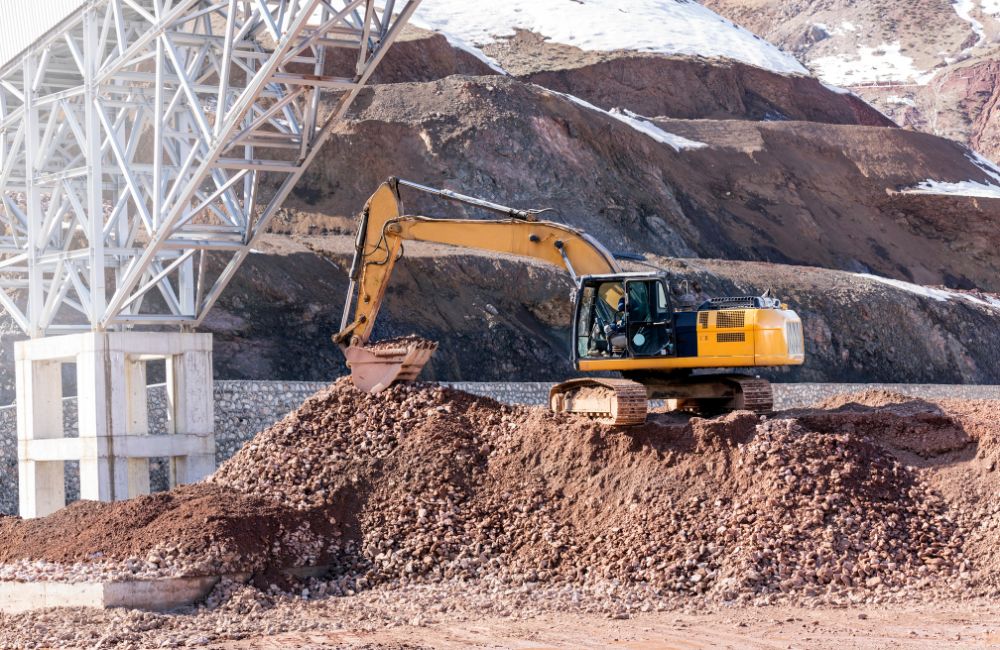
![[2025 UPDATE] Commercial Construction Cost per Square Foot in the US](https://www.clarisdesignbuild.com/wp-content/uploads/2025/04/2025-UPDATE-Commercial-Construction-Cost-per-Square-Foot-in-the-US-3.jpg)



